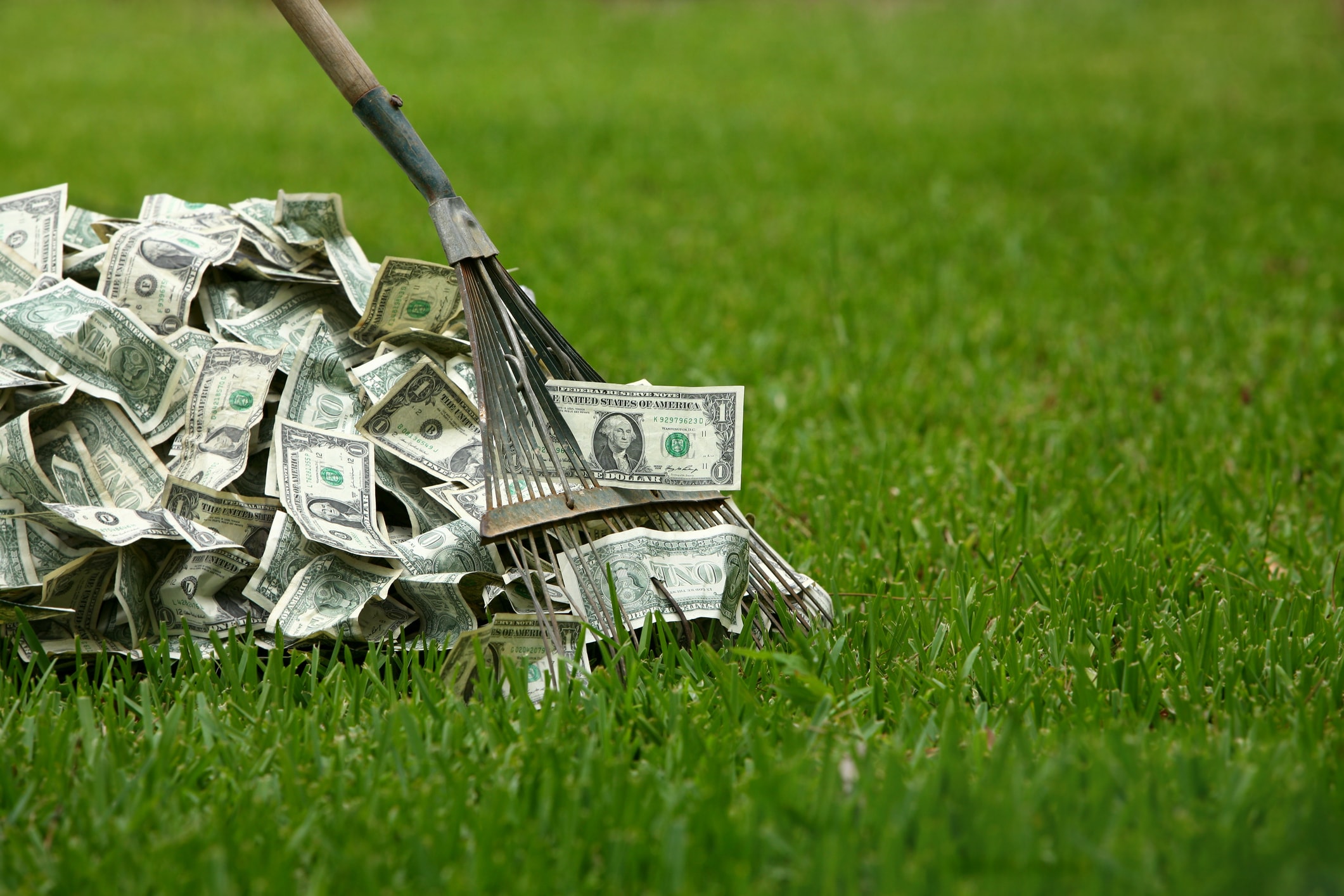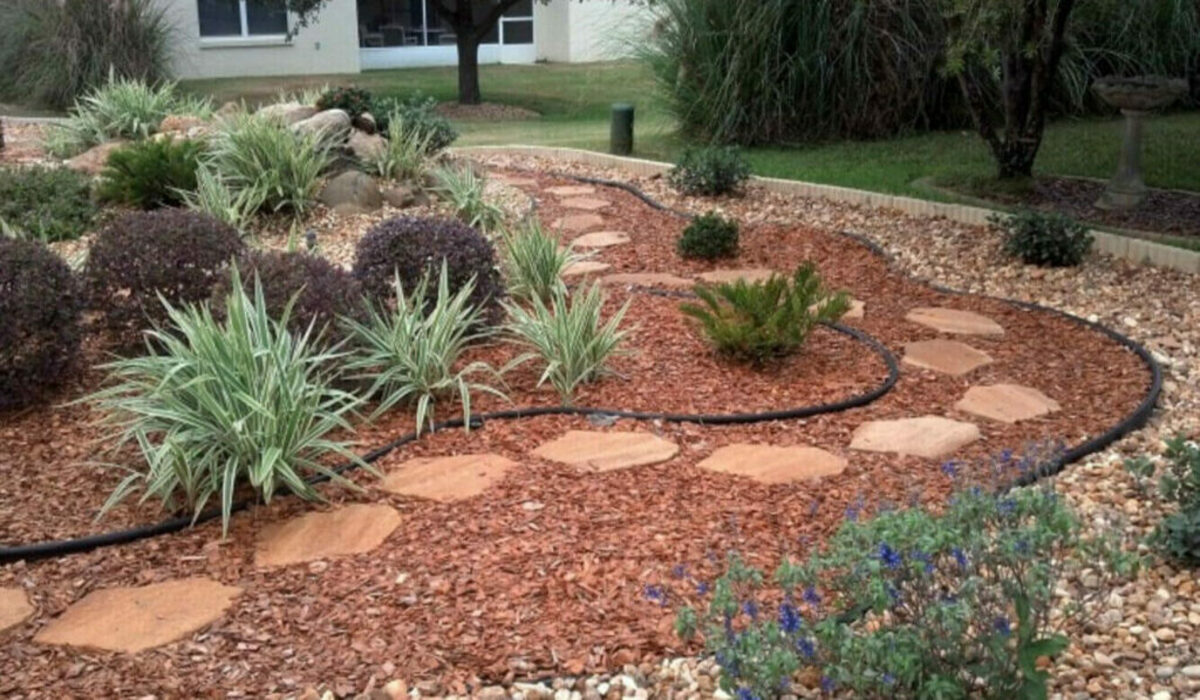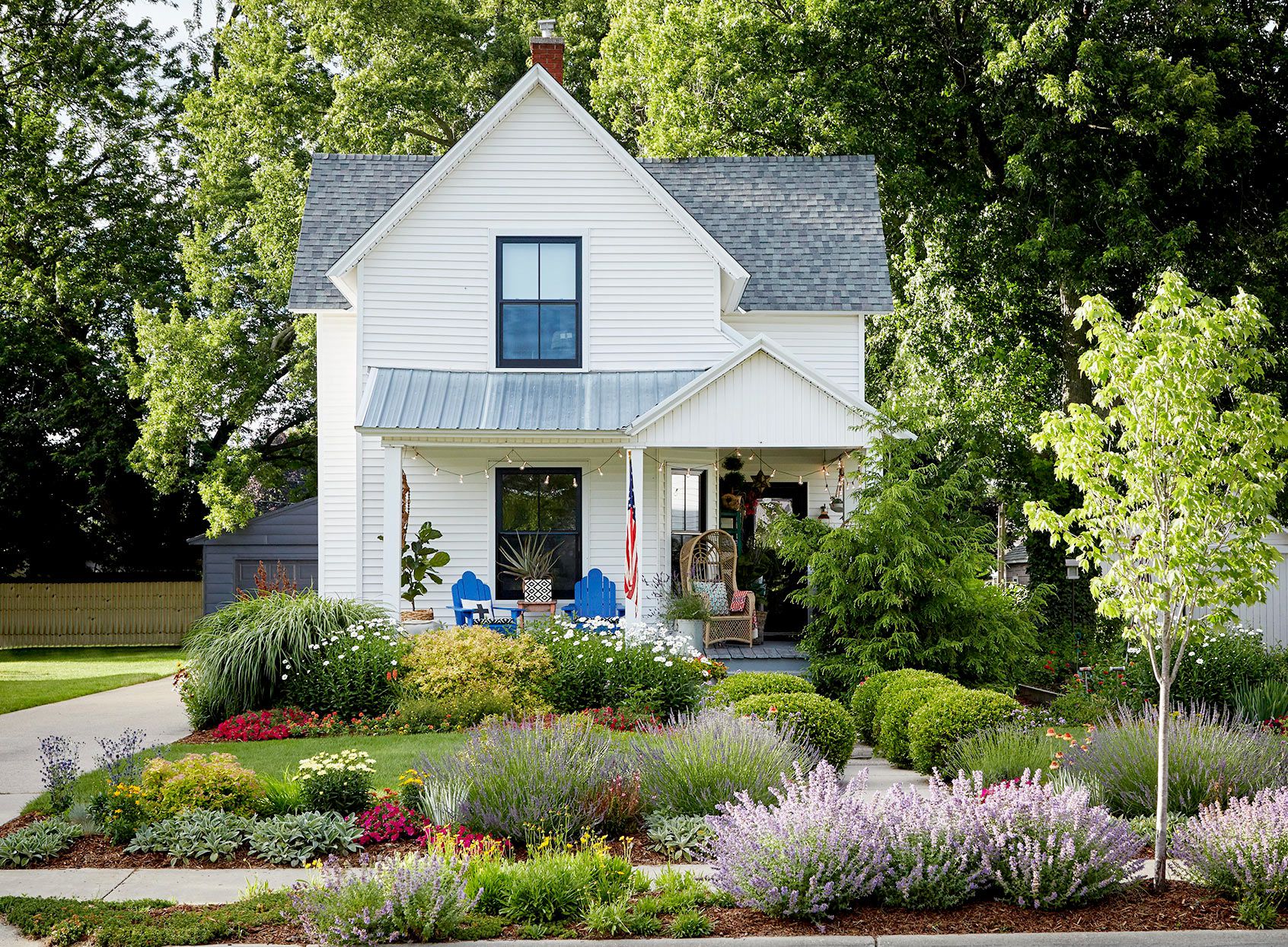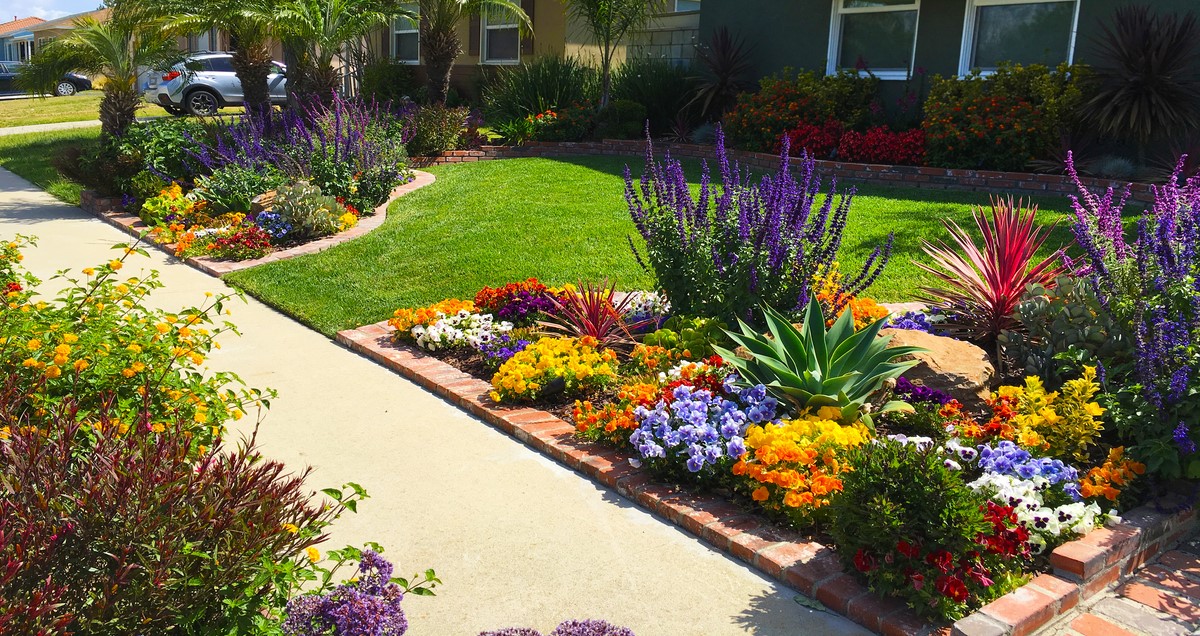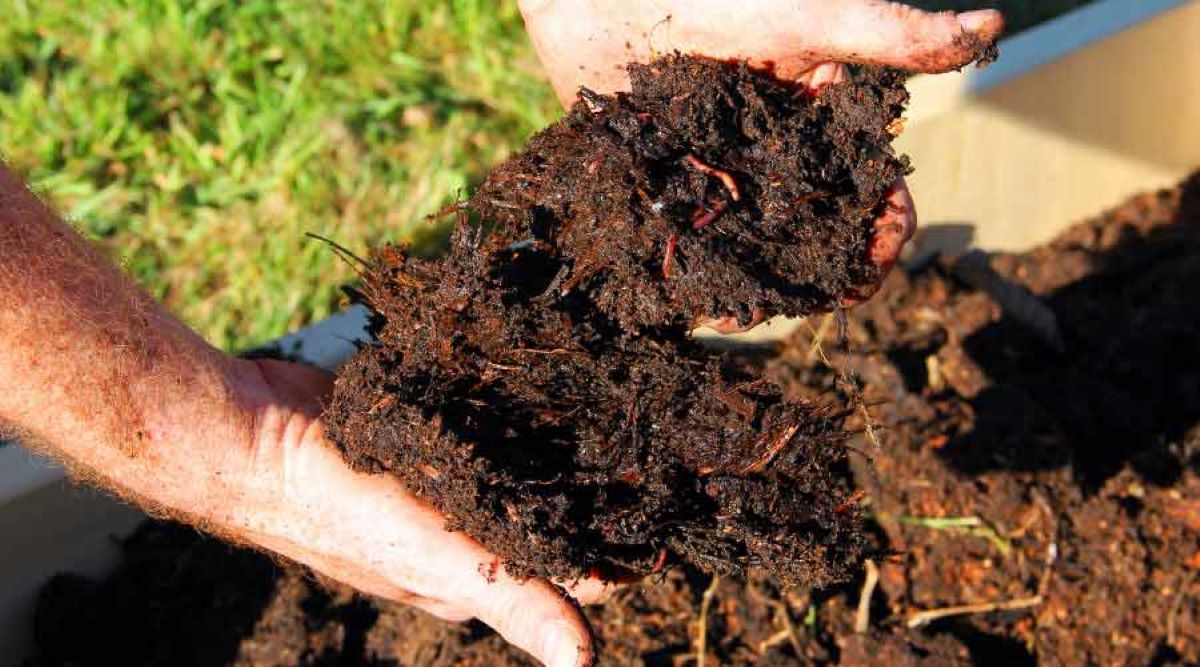Home>Garden Design>Planning Your Garden>How Much Are Landscaping Services
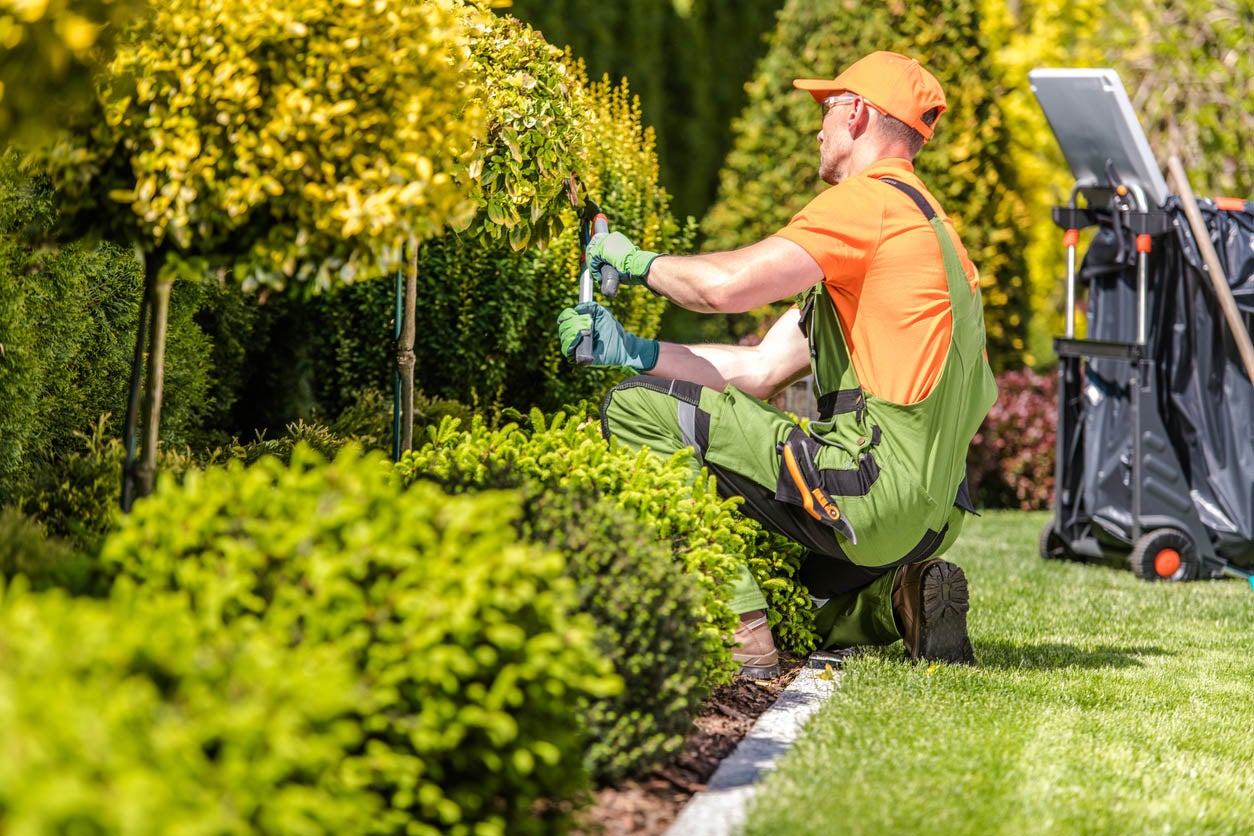

Planning Your Garden
How Much Are Landscaping Services
Modified: January 22, 2024
Planning your garden? Wondering how much landscaping services cost? Get expert advice and find out how to budget for your dream outdoor space.
(Many of the links in this article redirect to a specific reviewed product. Your purchase of these products through affiliate links helps to generate commission for Chicagolandgardening.com, at no extra cost. Learn more)
Table of Contents
Introduction
Welcome to the world of landscaping services, where creativity and nature come together to transform outdoor spaces into breathtaking and functional havens. Whether you have a sprawling backyard, a tiny urban balcony, or a commercial property, landscaping services can bring life and beauty to your outdoor areas. But how much do these services cost, and what factors influence the pricing?
Landscaping services encompass a wide range of tasks, from lawn maintenance and garden design to tree trimming and hardscape installations. The cost of these services can vary significantly based on various factors, including the size of the area, the complexity of the project, the materials used, and the expertise of the professionals involved.
In this article, we will explore the factors that affect landscaping service costs and delve into the different types of landscaping services available. We will also discuss the average costs for these services and highlight any additional fees or hidden costs you should be aware of. Additionally, we will provide you with some essential hiring tips and considerations to help you make an informed decision about hiring a professional landscaper.
Moreover, we will explore the advantages and disadvantages of DIY landscaping versus hiring a professional. While taking a DIY approach can be cost-effective, it requires time, effort, and a certain level of expertise. On the other hand, professional landscapers bring their knowledge, experience, and access to specialized equipment, but their services come at a price.
By the end of this article, you will have a comprehensive understanding of landscaping service costs and be better equipped to plan, budget, and make the right decisions when it comes to enhancing your outdoor spaces. So, let’s embark on this exciting journey together and explore the world of landscaping services!
Factors Affecting Landscaping Service Costs
When it comes to landscaping service costs, several factors come into play. Understanding these factors will not only help you estimate the budget for your project but also make informed decisions about the services you require. Here are some key factors that can influence the cost of landscaping services:
- Size of the Area: The size of the area to be landscaped is often one of the most significant factors affecting costs. Larger spaces require more materials, more labor, and more time, ultimately leading to higher expenses. Additionally, extensive spaces may require heavy machinery, which can incur additional charges.
- Scope and Complexity of the Project: The complexity of the landscaping project can greatly impact the cost. Projects that involve intricate designs, multiple features, or complicated installations will require more time, effort, and expertise from professionals. Consequently, the pricing for such projects will be higher compared to simple, straightforward ones.
- Materials and Plants Used: The choice of materials and plants will also affect the overall cost of landscaping services. High-quality materials, such as natural stone for pathways or premium-grade plants for a lush garden, will generally come at a higher price point. It’s essential to discuss your preferences with the landscaper and consider different options that fit your budget.
- Location: The location of your property can impact landscaping service costs. Factors such as accessibility, availability of resources, and local market rates can vary from one area to another. If you live in a remote or hard-to-reach location, the additional transportation costs incurred by the landscaper may be passed on to you.
- Seasonal Considerations: Landscaping costs can fluctuate depending on the season and the demand for services. For example, during the spring and summer months, when many homeowners are looking to enhance their outdoor spaces, prices may be higher due to increased demand. It is important to consider the timing of your project and discuss any seasonal pricing variations with the landscaper.
These are just a few of the factors that can impact the cost of landscaping services. It’s crucial to communicate your requirements, preferences, and budget with the landscaper to ensure they provide you with an accurate estimate. By understanding these factors, you will be better equipped to make informed decisions about the scope of your project and the services you wish to include.
Types of Landscaping Services
Landscaping services encompass a wide range of tasks and specialties, each catering to different needs and preferences. Understanding the various types of landscaping services available can help you plan and customize your outdoor space to your liking. Here are some common types of landscaping services:
- Lawn Care and Maintenance: This includes services such as mowing, watering, fertilizing, aerating, and weeding to keep your lawn healthy and vibrant. Lawn care professionals can assess the specific needs of your grass type and provide tailored maintenance plans.
- Garden Design and Installation: Garden design services focus on creating aesthetically pleasing and functional gardens. Professional garden designers can help you choose the right plants, layout, and features to transform your space into a tranquil oasis.
- Tree and Shrub Care: Tree and shrub care services involve pruning, trimming, and overall maintenance to promote healthy growth and enhance the visual appeal of your outdoor area. Arborists and tree care professionals have the expertise to handle these tasks safely and effectively.
- Irrigation Installation and Maintenance: Efficient irrigation systems are crucial for maintaining healthy plants and conserving water. Irrigation specialists can design, install, and maintain irrigation systems tailored to your landscape’s needs.
- Hardscaping: Hardscaping involves the design and installation of non-living elements in your landscape, such as pathways, patios, retaining walls, and outdoor structures. Hardscaping professionals can help create functional outdoor spaces that integrate seamlessly with your overall landscape design.
- Outdoor Lighting: Outdoor lighting not only enhances the beauty of your landscape but also provides safety and security. Lighting specialists can design and install various lighting features that highlight key areas and create a welcoming ambiance.
- Seasonal Maintenance: Seasonal maintenance services are designed to ensure your landscape remains in optimal condition throughout the year. This may include tasks like snow removal, fall leaf cleanup, and spring planting.
- Sustainable Landscaping: Sustainable landscaping focuses on environmentally friendly practices, such as using native plants, conserving water, and reducing chemical usage. Sustainable landscaping experts can guide you in creating an eco-friendly and low-maintenance outdoor space.
These are just a few examples of the many types of landscaping services available. Depending on your specific needs, you may require a combination of these services or something unique to your vision. Consult with a professional landscaper to discuss your ideas and requirements, and they will guide you in choosing the right services to create your dream outdoor space.
Average Costs for Different Landscaping Services
When it comes to landscaping services, costs can vary widely depending on the specific services required and the factors mentioned earlier. Here, we will provide you with a general overview of the average costs for different types of landscaping services:
- Lawn Care and Maintenance: On average, basic lawn mowing services can range from $30 to $80 per session, depending on the size of the lawn. Regular maintenance packages that include fertilizing, weed control, and aerating can cost anywhere from $100 to $300 per month.
- Garden Design and Installation: Garden design and installation costs can vary significantly depending on the complexity of the project and the materials used. A simple garden makeover with new plants and basic features could range from $1,000 to $5,000. Larger-scale designs, including intricate plant selections and custom elements, could cost $10,000 or more.
- Tree and Shrub Care: Tree and shrub care costs depend on factors such as the size and number of trees or shrubs, as well as the specific services required. Basic tree trimming services can range from $100 to $500 per tree, while major tree removals can cost upwards of $1,000. Shrub care typically starts at around $50 per shrub.
- Irrigation Installation and Maintenance: The cost of irrigation installation depends on the size and complexity of the system. Basic systems for smaller lawns can range from $500 to $2,000, while larger properties with more intricate designs can cost $5,000 or more. Routine maintenance and repairs can range from $50 to $200 per visit.
- Hardscaping: Hardscaping costs can vary greatly depending on the materials used and the size of the project. Basic patio installations can range from $1,000 to $5,000, while larger and more elaborate designs can cost $10,000 or more. Retaining walls, driveways, and outdoor kitchens can also significantly increase the overall budget.
- Outdoor Lighting: Outdoor lighting costs depend on the scope of the project and the type of fixtures chosen. Basic lighting installations can start at around $500 and go up to $2,000 or more for complex designs that include features such as path lights, spotlights, and accent lights.
- Seasonal Maintenance: Seasonal maintenance costs can vary depending on the specific tasks required. Fall cleanup and leaf removal services typically range from $200 to $500. Snow removal services can cost around $50 to $100 per visit, depending on the size of the area to be cleared.
- Sustainable Landscaping: Costs for sustainable landscaping can vary depending on the specific practices and elements involved. Using native plants and implementing environmentally friendly techniques may not result in significant additional costs. However, incorporating more advanced features like rainwater harvesting systems or green roofs can increase the overall budget.
These average costs serve as a general guideline, and actual prices may vary based on the region, complexity of the project, and specific requirements. It is essential to obtain detailed quotes from reputable landscapers who can assess your specific needs and provide accurate estimates.
Additional Fees and Hidden Costs
When budgeting for landscaping services, it is important to consider not only the upfront costs but also any additional fees or hidden costs that may arise. Here are some common additional fees and hidden costs to be aware of:
- Permits and Permissions: Depending on the scope of your landscaping project, you may need to obtain permits or permissions from local authorities. These can include permits for hardscape installations, tree removals, or modifications to your property. The costs associated with permits vary by location and project requirements.
- Site Preparation: In some cases, the landscaper may need to prepare the site before starting the actual work. This can involve clearing debris, removing existing structures, or addressing drainage issues. Site preparation costs can vary based on the complexity of the project and the condition of the area.
- Material Upgrade: While the initial estimate may include standard materials, you may choose to upgrade to higher-quality or premium-grade materials. These upgrades can significantly impact the overall cost of the project. It is important to discuss material options and their associated costs with the landscaper.
- Disposal of Waste: Landscaping projects often generate waste, including soil, plants, and construction debris. The removal and disposal of this waste can incur additional fees. Discuss waste disposal options with the landscaper and clarify who will be responsible for the removal and any associated costs.
- Maintenance and Follow-Up Visits: Some landscaping services, such as lawn care or garden maintenance, require regular visits to ensure the ongoing health and beauty of your outdoor space. These follow-up visits may have additional costs associated with them. Discuss the frequency and pricing of such visits with the landscaper.
- Unforeseen Challenges: During the course of the project, unforeseen challenges may arise that require additional time, labor, or materials. These can include issues with underground utilities, unexpected soil conditions, or changes to the original plan. Discuss with the landscaper how unforeseen challenges will be addressed and whether any additional costs may be involved.
- Contract Modifications: If you decide to make changes or modifications to the project scope after signing the initial contract, it may result in additional costs. It’s important to communicate any desired changes with the landscaper and understand how they may impact the overall budget.
It’s crucial to have open and transparent communication with the landscaper throughout the project to ensure that you are aware of any additional fees or hidden costs. Be proactive in asking for detailed estimates and inquire about any potential expenses that may arise. By doing so, you can budget more accurately and avoid any unwelcome surprises along the way.
Hiring Tips and Considerations
Choosing the right landscaper for your project is crucial to its success. Here are some helpful tips and considerations to keep in mind when hiring a landscaping professional:
- Research and Recommendations: Start by researching local landscapers in your area and gathering recommendations from friends, family, and neighbors. Look for landscapers with positive reviews and a portfolio of completed projects that align with your vision.
- Verify Credentials and Licenses: Ensure that the landscaper you hire has the necessary licenses and certifications required by your local jurisdiction. These credentials demonstrate their expertise and professionalism in the field.
- Experience and Expertise: Consider the landscaper’s experience in the industry and their expertise in the specific services you require. Ask for examples of similar projects they have completed and inquire about their knowledge of different plant species and hardscaping techniques.
- Insurance Coverage: Verify that the landscaper has adequate insurance coverage, including liability insurance and worker’s compensation. This protects you from any liability in case of accidents or damage that may occur during the project.
- Get Detailed Estimates: Request detailed written estimates from multiple landscaping companies. The estimates should include a breakdown of costs, materials, labor, and any additional fees or services. This will help you compare quotes and make an informed decision.
- Communication and Listening Skills: Ensure that the landscaper is attentive to your needs, actively listens to your ideas, and is able to communicate effectively. They should be able to translate your vision into a well-executed plan and offer suggestions and guidance when needed.
- Contract and Terms: Have a written contract in place that outlines the scope of work, timeline, payment terms, and any warranties or guarantees. Review the contract thoroughly before signing and clarify any ambiguities or concerns you may have.
- Ask for References: Request references from previous clients and follow up with them to gauge their satisfaction with the landscaper’s work. Ask about their experience, the quality of the completed project, and whether they encountered any issues along the way.
- Consider Maintenance Services: If you foresee ongoing maintenance requirements for your landscaped area, discuss whether the landscaper offers maintenance services. Hiring the same company for maintenance can ensure continuity and consistent care for your outdoor space.
- Trust Your Instincts: Ultimately, trust your instincts when choosing a landscaper. Consider the level of professionalism, responsiveness, and reliability they demonstrate during the initial consultations. Your gut feeling about a particular landscaper can often be a reliable indicator of their suitability for the job.
Taking the time to carefully evaluate and select the right landscaper will pay off in the long run. A skilled and trustworthy professional will bring your landscaping vision to life and create a beautiful outdoor space that you can enjoy for years to come.
DIY vs Professional Landscaping
When it comes to landscaping, you have the option to either take a do-it-yourself (DIY) approach or hire a professional landscaper. Both options have their advantages and considerations that should be taken into account. Let’s explore the pros and cons of each:
DIY Landscaping:
Many homeowners are drawn to DIY landscaping due to the potential cost savings and the satisfaction of creating their own outdoor oasis. Here are some key points to consider:
- Cost Savings: DIY landscaping can be more budget-friendly, as you are not paying for professional labor. You have control over the materials and can shop around for the best prices.
- Creative Control: Doing the landscaping yourself allows you to have complete creative control over the design and implementation. You can personalize every detail to suit your preferences and vision.
- Learning Experience: DIY landscaping can be a valuable learning experience, allowing you to acquire new skills and knowledge about plants, design principles, and maintenance practices. It can also be a rewarding and enjoyable process.
- Time and Effort: DIY landscaping requires a significant investment of time and effort. You need to plan, research, and execute the project yourself, which can be time-consuming, especially for larger-scale projects.
- Limited Expertise: Unless you have prior experience or knowledge in landscaping, you may lack the expertise required to tackle complex projects or handle specific techniques. This could impact the quality and long-term success of your landscaping efforts.
- Tools and Equipment: DIY landscaping may require the purchase or rental of specialized tools and equipment, which can add to the overall cost if you do not already own them.
Professional Landscaping:
Hiring a professional landscaper brings their expertise, experience, and resources to your project. Here are the key considerations for going the professional route:
- Expert Design and Execution: Professional landscapers have the knowledge and skills to create cohesive and well-designed outdoor spaces. They can offer creative solutions, suggest suitable plants and materials, and ensure a high-quality, professional finish.
- Time and Convenience: Hiring a professional frees up your time and relieves you of the physical labor involved in landscaping. Professionals work efficiently and handle all aspects of the project, including procurement, preparation, and execution.
- Access to Resources: Professional landscapers have access to a network of suppliers, nurseries, and other industry professionals. They can obtain high-quality materials at competitive prices, saving you the hassle of sourcing them yourself.
- Proper Tools and Equipment: Professional landscapers have the necessary tools and equipment to tackle any landscaping project efficiently and safely. This eliminates the need for you to purchase or rent specialized tools.
- Maintenance and Follow-Up: Many professional landscaping companies offer ongoing maintenance services to keep your outdoor space in excellent condition. They provide expert care and ensure your investment thrives in the long run.
- Higher Cost: Professional landscaping services come at a cost, as you are paying for their expertise, skills, and labor. The cost can vary depending on the project scope, materials, and local market rates.
Ultimately, the choice between DIY and professional landscaping depends on your budget, available time, skills, and the complexity of your project. For small, straightforward projects, DIY landscaping can be a rewarding option. However, for larger or more intricate designs, or if you lack the necessary expertise, hiring a professional landscaper ensures a high-quality result and saves you time and effort in the process.
Conclusion
Landscaping services offer a plethora of opportunities to enhance and transform your outdoor spaces. From creating a lush garden to installing hardscape features, landscaping professionals can bring your vision to life. However, before embarking on your landscaping journey, it is essential to consider the factors that can influence the cost of these services.
Factors such as the size of the area, the complexity of the project, material choices, and location can all impact the overall cost. By understanding these factors and obtaining detailed estimates from reputable landscapers, you can plan and budget effectively for your project.
Furthermore, it is important to be aware of any additional fees and hidden costs that may arise. Permits, site preparation, material upgrades, disposal of waste, and unforeseen challenges can all contribute to the total expenses of your landscaping project. A clear and transparent communication with the landscaper helps in avoiding any unwelcome surprises along the way.
When it comes to choosing between DIY landscaping and hiring a professional, it’s crucial to weigh the pros and cons. While DIY landscaping can offer cost savings and personal satisfaction, it requires significant time and effort, as well as a learning curve. On the other hand, professional landscapers bring expertise, convenience, and access to resources, ensuring a high-quality result.
Ultimately, the decision between DIY and professional landscaping depends on your budget, available time, skills, and the complexity of your project. It’s important to assess your specific needs and preferences to make an informed decision that best suits your goals and resources.
Whether you choose to embark on a DIY landscaping adventure or hire a professional, the goal remains the same – to create a beautiful, functional, and inviting outdoor space that you can enjoy for years to come. With careful planning, consideration of costs and options, and the expertise of landscaping professionals, you can turn your outdoor area into a stunning retreat that reflects your personal style and enhances your quality of life.


